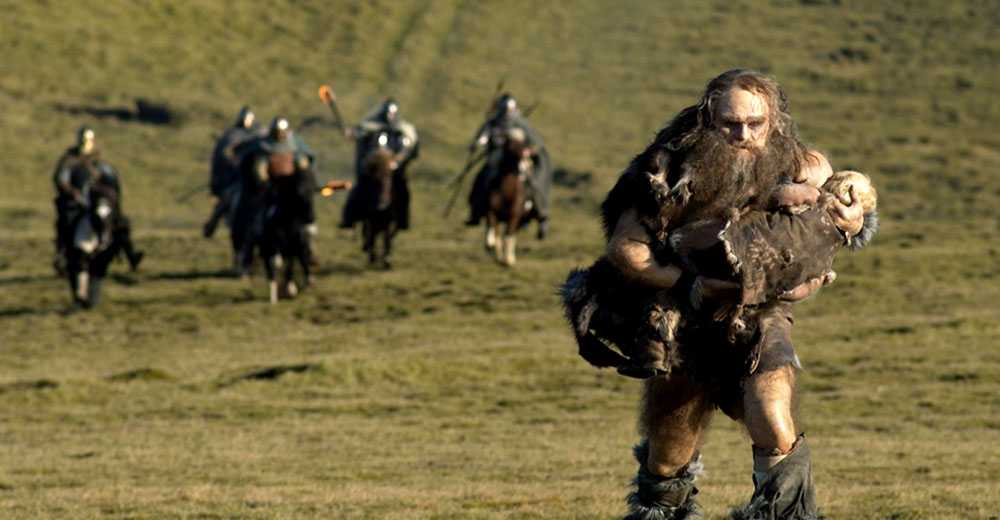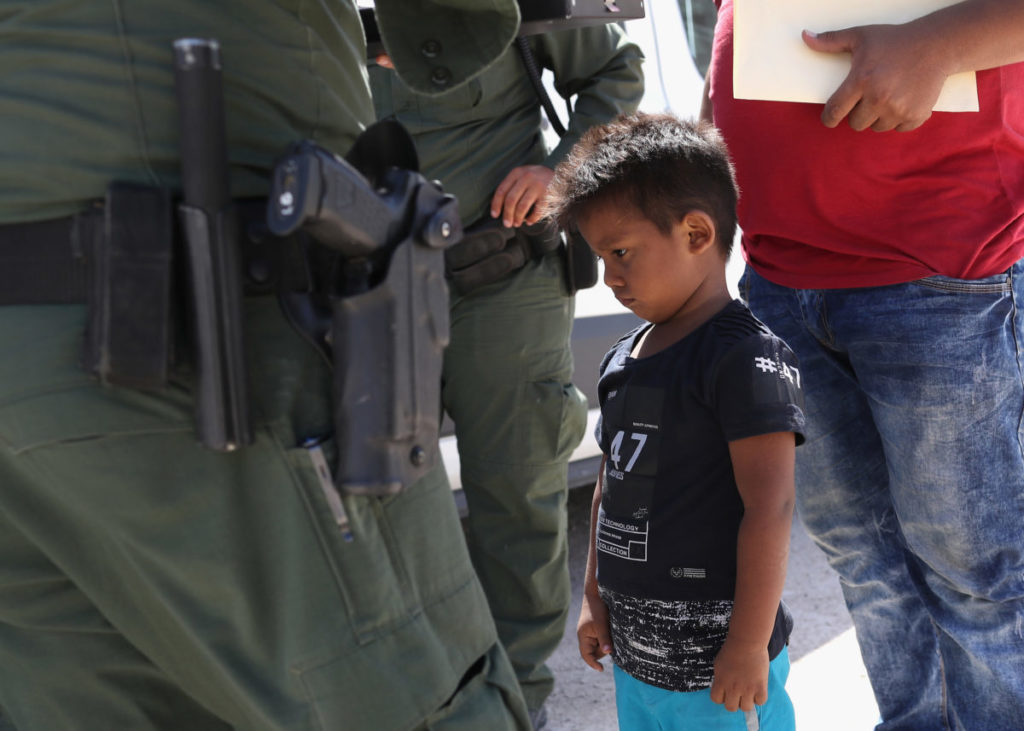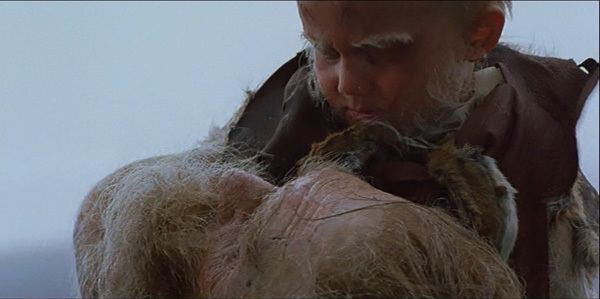Today’s post marks the first installment of our special series called “Medieval Chicago.” Here, we plan to explore medieval artifacts, influences, and echoes in and around Chicagoland. This journey will take us through some of the city’s architectural achievements, museums, libraries, events, and any other relics of the Middle Ages that we discover along the way.
As a major tourist destination and one of our country’s great cultural hubs, Chicago has a lot to offer everyone. From its skyrises, including the Willis Tower (formerly the Sears Tower) and 875 North Michigan Avenue (formerly the John Hancock Center); its museums, such as the Art Institute and the Field Museum; to its Cultural Center, Broadway productions, and endless festivals; Chicago is full of nonstop excitement. It is also chock full of one other key ingredient that makes this destination particularly special: history. Chicago has a complex and fascinating past that extends not only beyond the borders of early American history, but also further back in time to the homelands of its many settlers and steady flow of immigrants, who brought (and bring) their cultures and histories with them. In fact, vestiges of human lives that trace back all the way to the Middle Ages (and earlier) can be found scattered throughout this most modern of urban landscapes. Such traces show us how, even now in our age of technological advancement, twenty-first century American culture is steeped in connections with the past. Humanity has always craved these connections, as our many periods of historical revivals show, because they keep us grounded. They remind us of who we are and where we came from, and they inform us about where we are going. The unique convergence of cultures and histories in this locale also reflect humanity’s inability to remain still. This impulse, or instinct, to move through time and space, advancing, retreating, migrating, is the very same human impulsion towards movement that led to the creation of our nation.
As we uncover remnants of the Middle Ages in this quintessentially American cityscape, we hope to broaden our site’s readership, reaching out to curious academics and public intellectuals alike. The larger goal behind the project is to remind ourselves and our readers about the historical traces and legacies left behind, and, by extension, the legacies that we are always in the process of leaving behind. This series will help us to be more cognizant of the living history that surrounds us every day, even in this relatively young country on which the medieval world has made many indelible marks. We aim to showcase how the past and present have always been not only connected, but also, often, indistinguishable. At the same time, we plan to highlight the modern world’s disconnections with the past, those features that come across as quaint, or dated, as a result of several centuries of cultural evolution. This investigation of our contemporary relationship with the Middle Ages will allow us to simultaneously examine social, political, religious, intellectual, and artistic questions that we have long since left behind, and those we still see as important.
To reiterate, Chicago is a major city in a country imprinted throughout with a past only partially its own; an imported, shared, blended history with a global reach, formed by indigenous people and immigrants from around the world coming together to create this beautifully diverse community. Simultaneously marred by periods of violence, oppression, and cultural appropriation, American history has many crosses to bear, and many of its monsters–racism, xenophobia, misogyny, homophobia, etc.–are rearing their ugly faces with a vengeance once again. Even, or maybe especially, as we struggle to overcome the darker moments of our past in order to find better ways to deal with the challenges that result from all this human movement, it is worth paying attention to the profound beauty that also springs from these constant migrations. This series, therefore, explores the cross-section of this imported, blended history that relates to the Middle Ages.
Furthermore, in part because of its proximity to Notre Dame, the university has established deep connections with the city. From its Michigan Ave campus and its local alumni group to its shared ownership of medieval manuscripts with the Newberry Library and courses taught in and about Chicago, Notre Dame has taken a vested interest in the locale. Students, as well, love to attend university-sponsored programs and extracurricular events here. One of the most popular weekend activities among Notre Dame’s graduate students looking for a study break are visits to Chicago’s many attractions and, perhaps most of all, the food.
In fact, it was not long ago that I was one of these graduate students, hungry for all that Chicago has to offer. Now, as a newly transplanted Chicago resident and the creator of this series, I plan to use this outlet to explore my new hometown while putting my academic training to public use. My goal is to build one more bridge between the campus and this great city. I’m still new to Chicago, but in my short time, I can’t help but notice a surprising pervasiveness of medieval architectural influence, from pointed arch windows, cathedral vaulted ceilings, sculptural ornamentation (even on modern skyscrapers). It’s part of Chicago’s character, a character that stands out as unique compared to other American cities. It also spills over into other areas of the city– from original artifacts sitting in museums and libraries to pop culture and local events (including classes on medieval sword fighting!). And, all this character will, I expect, lead to more discoveries for this series.
So, to all readers who happen to land on our site, whether affiliated with Notre Dame or not, this series is for you. As we encounter the medieval in today’s Chicago–from paintings and armor to manuscripts and buildings–we hope you’ll follow our journey. And, we welcome any leads you might have to offer to our series.
Welcome to Medieval Chicago!
Karrie Fuller, PhD
University of Notre Dame
Featured Image: Design vector created by Rwdd_studios - Freepik.com






